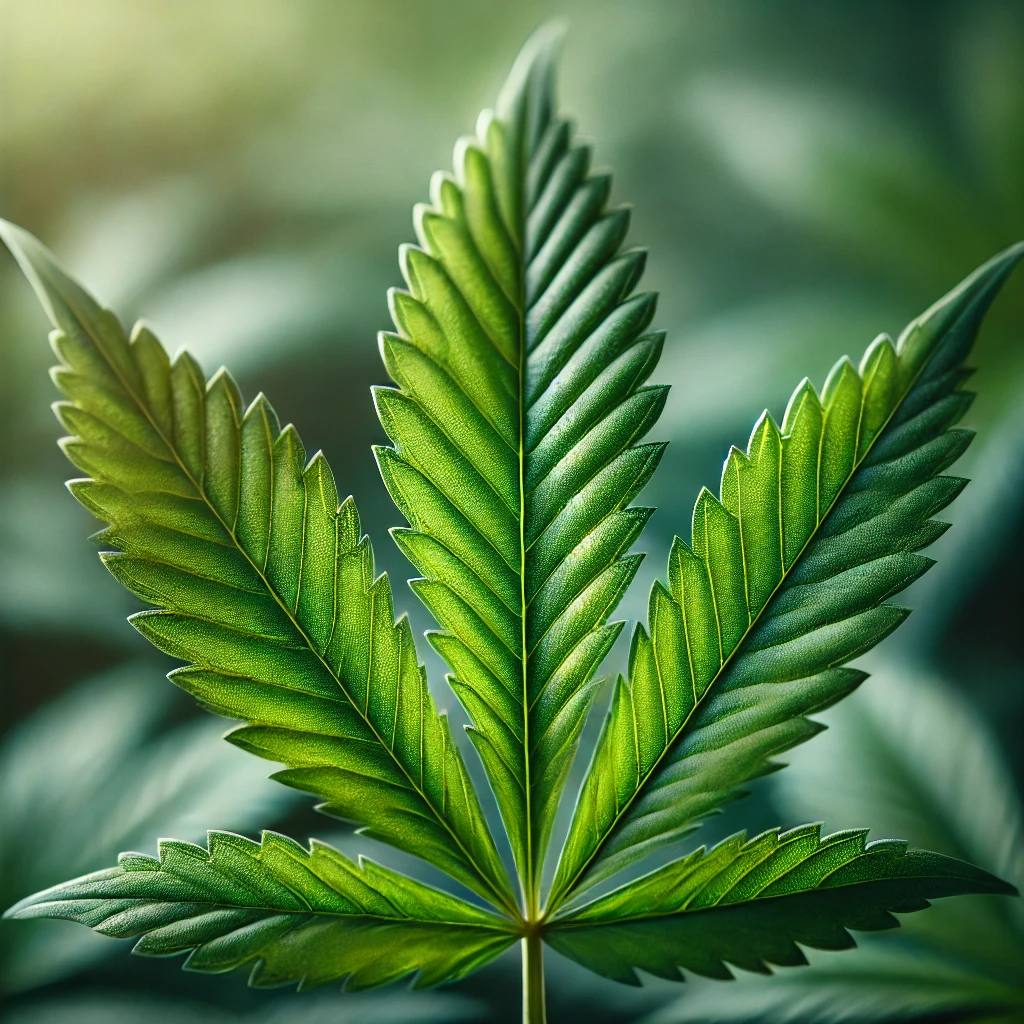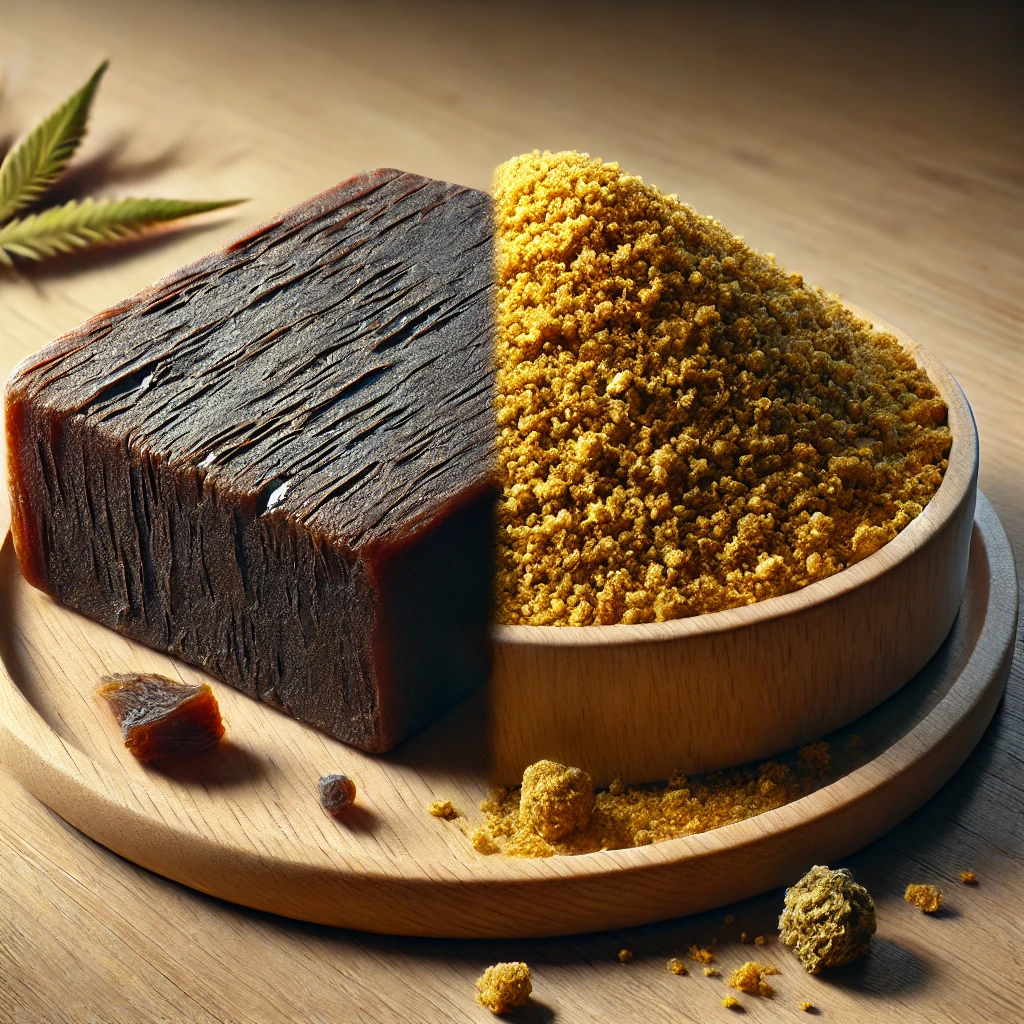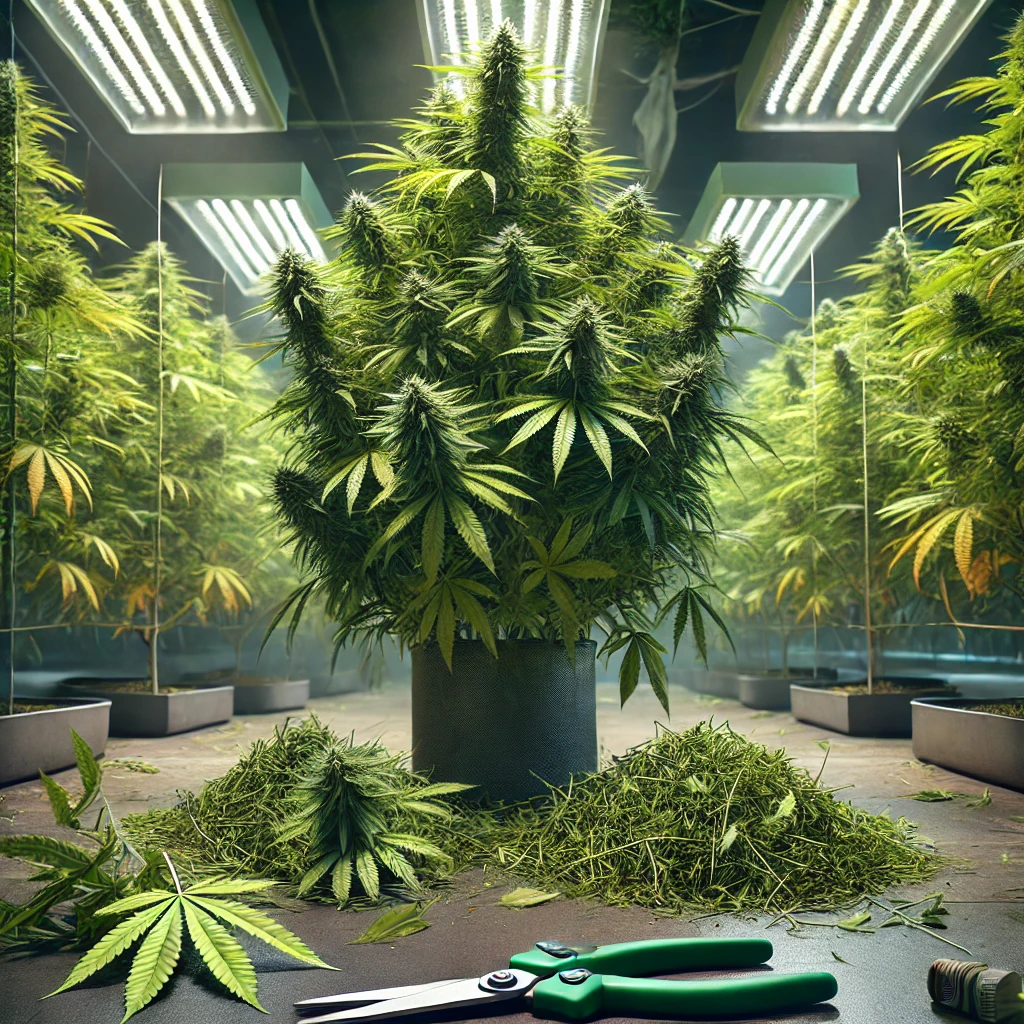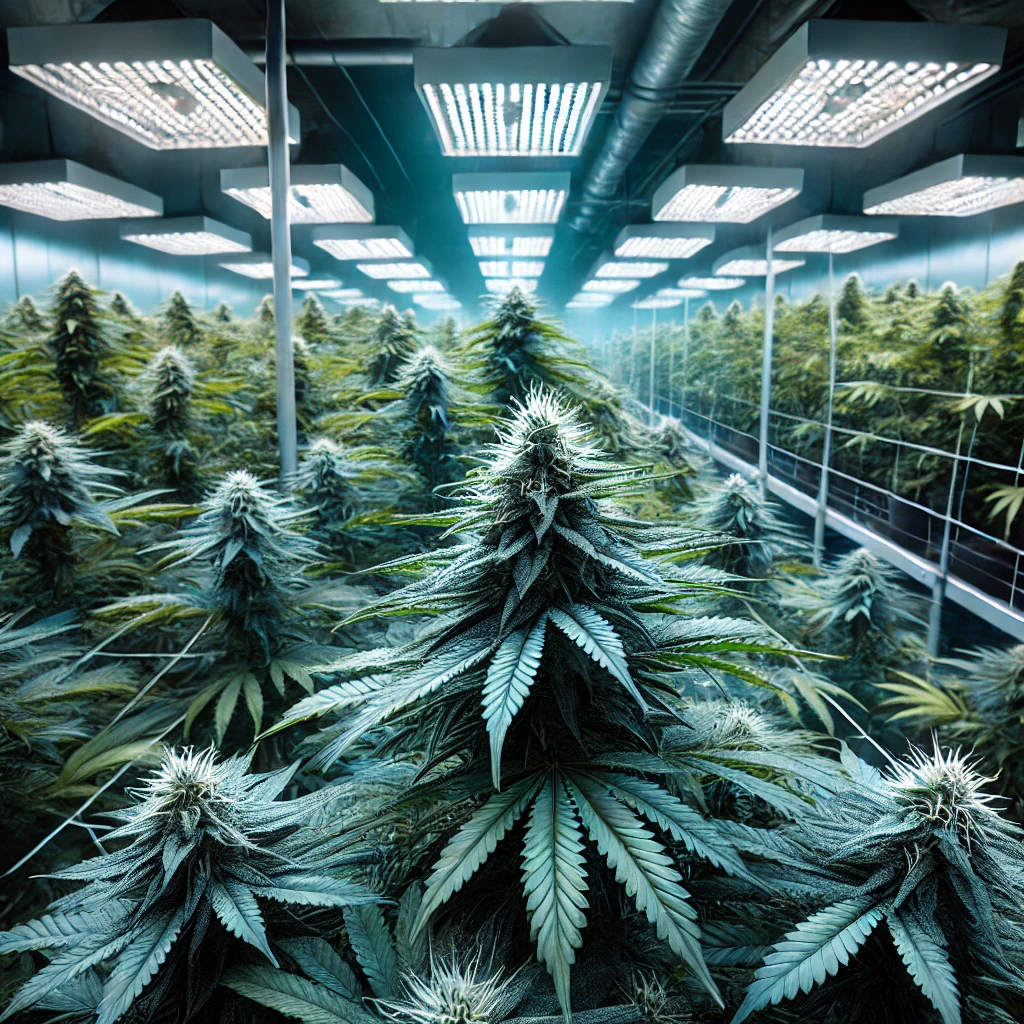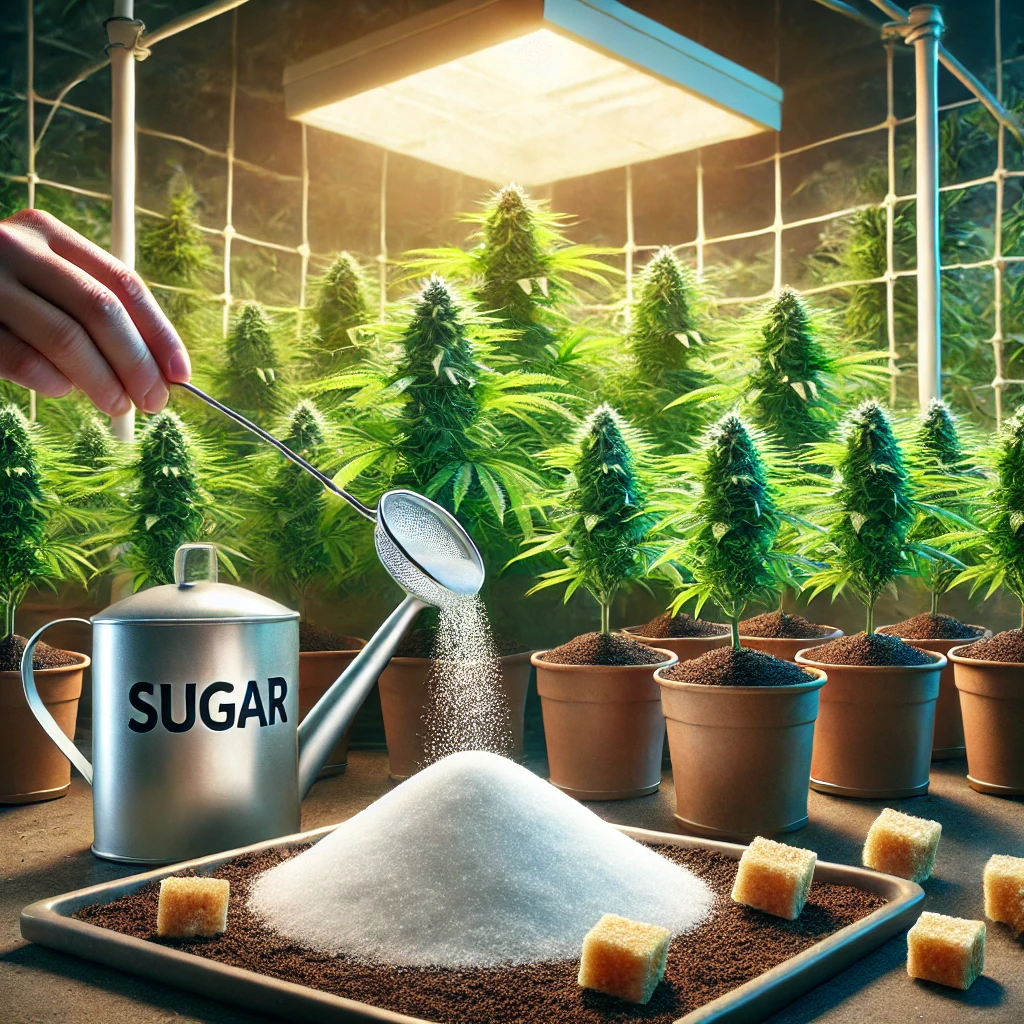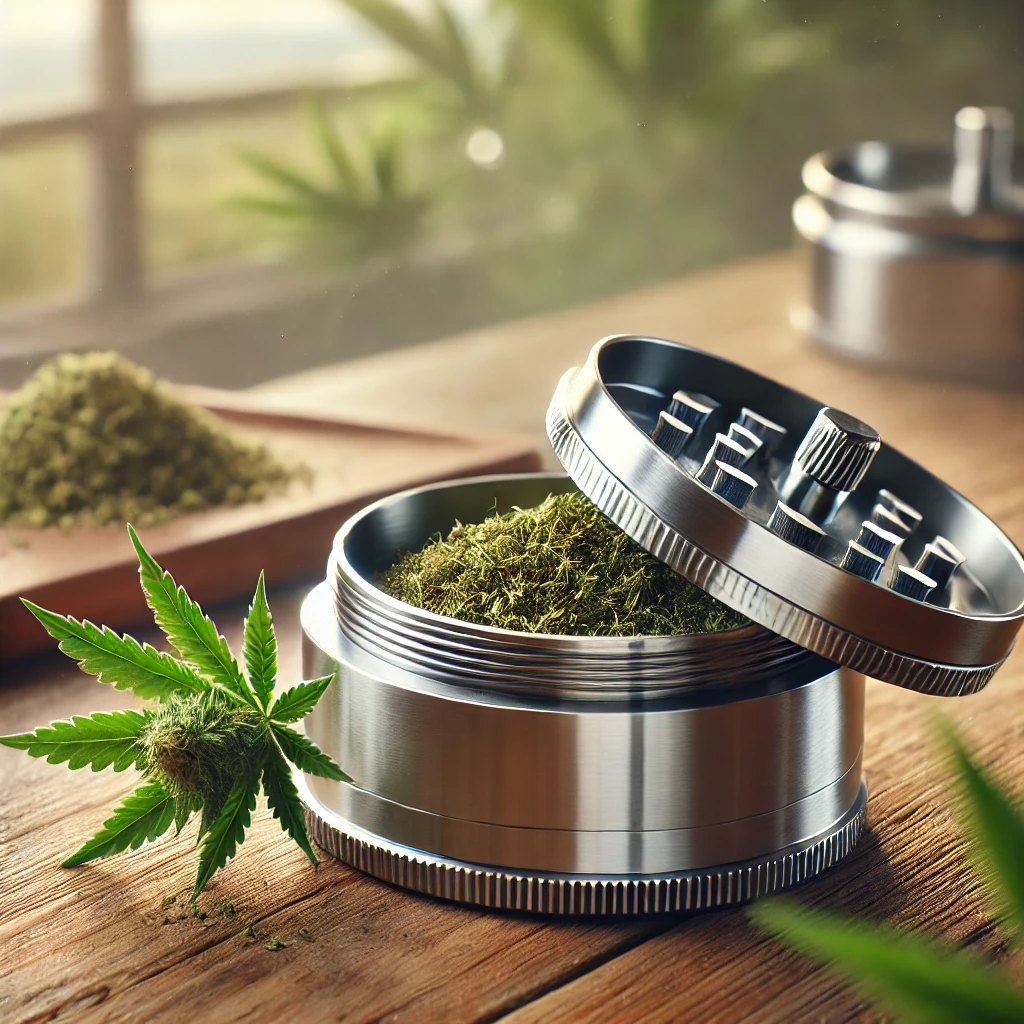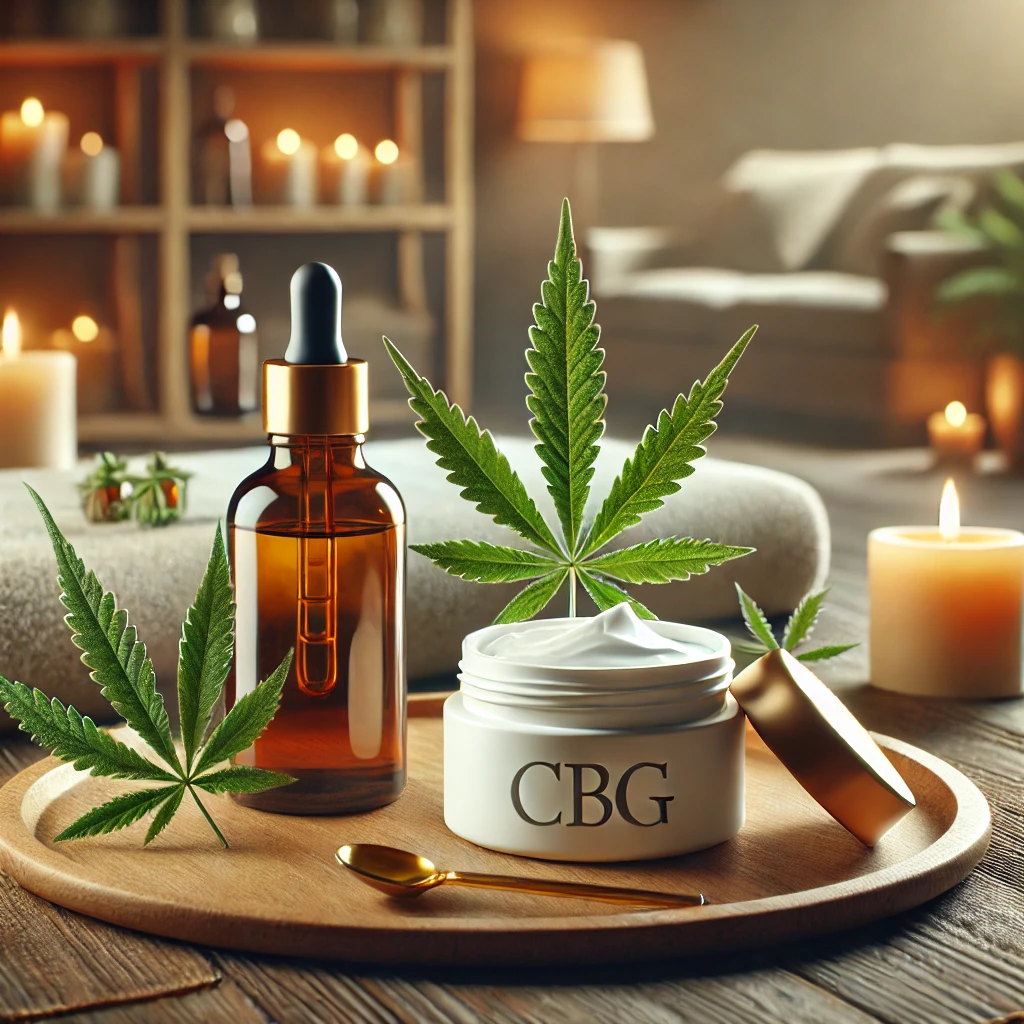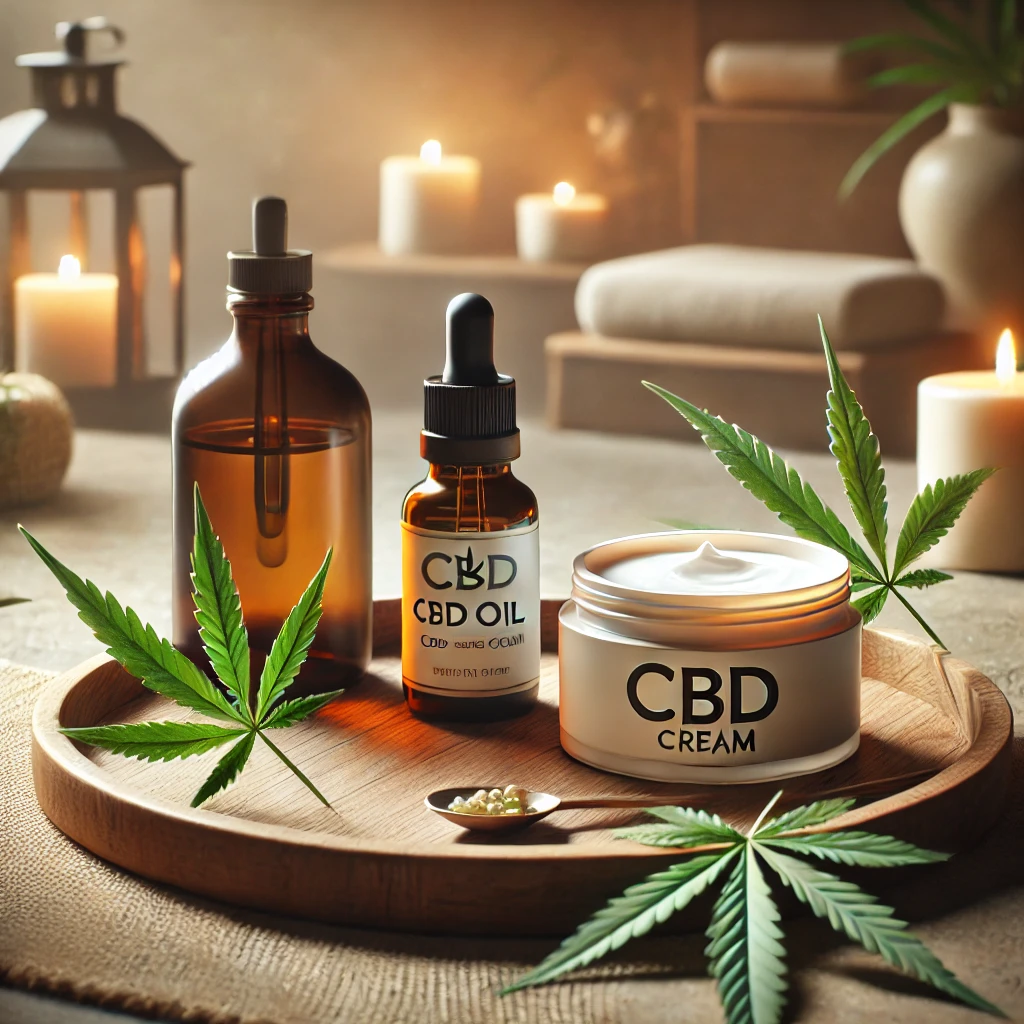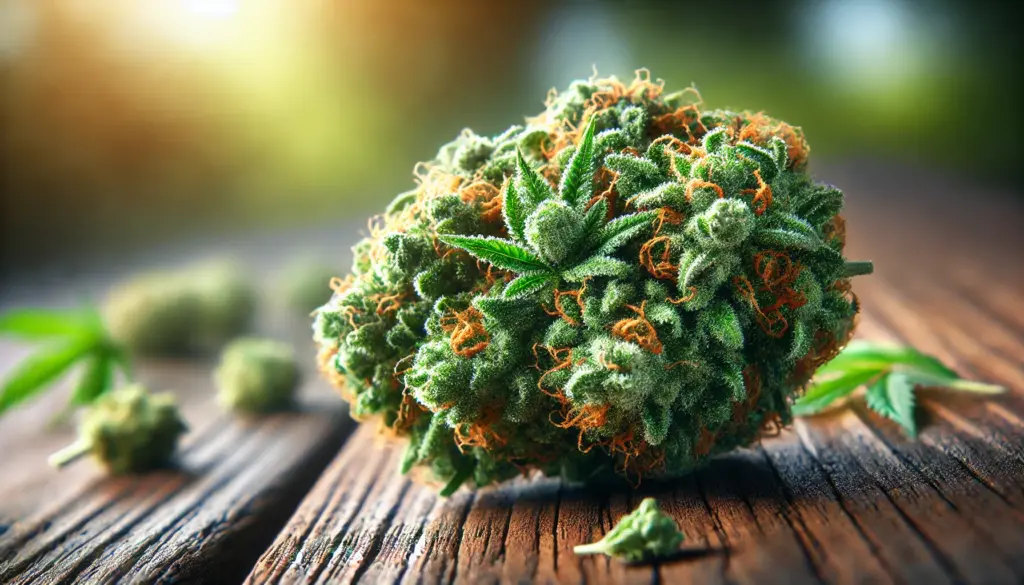Information provided by a marijuana leaf
Imagine being able to read your plant’s history just by looking at its leaves. Not only are they vital to your health, but they also tell us details about how it’s developing, its nutritional status, and even the potential of the harvest. Through color, shape, texture, and other characteristics, we can identify problems and adjust the crop for better results. In this article, you’ll discover everything cannabis leaves can tell you, from their biological function to the visual cues that will help you maintain a healthy and productive crop. Functions and Benefits of Marijuana Leaves The leaves are not only decorative; they play fundamental roles in the growth and well-being of the plant. In addition to photosynthesis, they help regulate water, store nutrients, and act as a natural alert system for potential inconveniences. Photosynthesis: The Source of Energy Thanks to photosynthesis, the leaves convert sunlight into vital energy for the plant. Chlorophyll, that pigment that gives it its green color, is key to absorbing light. When this process works well, the plant grows strong and produces more cannabinoids, which is essential for those who want to improve the quality of their buds. Water Balance Regulation Through perspiration, the leaves release water vapor, which helps maintain the ideal temperature and facilitates the absorption of nutrients. Good management of this process prevents problems such as wilting or dehydration, ensuring that the plant remains in optimal condition. Nutrient Storage and Mobilization The leaves act as reservoirs of important nutrients such as nitrogen, phosphorus, and potassium. During critical times of growth, these nutrients are redistributed to support the development of new leaves, flowers, and roots, especially when the soil or substrate is deficient. Types of Marijuana Leaves: Genetics and Morphology The shape and appearance of the leaves vary depending on the genetics of the plant. The three main subspecies of cannabis. Sativa, Indica and Ruderalis show clear differences in shape, size and color, which influences how they should be managed and cared for in the crop. Characteristics of Sativa Leaves Shape: Long and thin. Color: Light green, associated with less chlorophyll. Leaflets: Between 9 and 13, with larger spaces. Use: Ideal for outdoor crops in warm climates, where you want to make the most of sunlight. Characteristics of Indica Leaves Shape: Wide and compact. Color: Dark green, indicating a higher concentration of chlorophyll. Leaflets: From 5 to 9, with a more robust appearance. Use: Perfect for indoor crops or in colder climates, where light is more limited. Characteristics of Ruderalis Leaves Shape: Smaller and less defined. Color: Medium green. Leaflets: Between 3 and 5, with a compact structure. Use: Mainly used in hybridizations to create autoflowering varieties. Leaf Color According to Genetics The color of the leaves can vary markedly depending on genetics and gives us clues about the health and conditions of the plant: Intense Green: Common in Indica varieties, it suggests good health and a high concentration of chlorophyll. Light Green: Typical of Sativas, ideal for sunny and warm climates. Purple or Violet: Characteristic in strains with high levels of anthocyanins, such as Purple Haze or Granddaddy Purple, and intensifies with low temperatures. Red, Orange or Pink: It is seen in exotic hybrids such as Pink Kush or Black Cherry Soda, where carotenes influence pigmentation. Blue or Cyan: Typical of varieties such as Blue Dream or Blueberry, the result of a reaction of anthocyanins with an alkaline pH. Differences in Leaves by Sex of the Plant The sex of the plant also marks notable differences in its leaves: Male Plants: Characteristics: Less dense leaves and more vertical growth, with visible pollen sacs. Use: They are mainly used for seed production and genetic crosses. Female Plants: Characteristics: More robust and leafy leaves, essential for the production of cannabinoid-rich buds. Use: Preferred in commercial and medicinal crops due to their high flower production. Leaf Color Interpretation: Health Signs Observing the color of the leaves is like reading a thermometer of the plant’s condition. Experienced growers use these signals to quickly adjust crop conditions and correct problems. Here’s what each color means: Intense Green: Good general condition and nutritional balance. Yellow: Indicates possible deficiencies of nitrogen, iron or magnesium. Brown or Burnt: It can be due to excess nutrients or heat stress. Purple or Violet: Usually linked to genetics or exposure to low temperatures. Red or Orange: It usually indicates problems with phosphorus absorption, especially during flowering. Impact of the Cannabinoid on Leaves The leaves can also give us clues about the concentration of cannabinoids such as THC and CBD: Relationship Between Leaves and THC Levels Characteristics: Thicker leaves, dark green in color and with serrated edges. Indicator: A higher concentration of THC is usually associated with a well-nourished and healthy plant. Use: Ideal for crops where a stronger psychoactive effect is sought. Relationship Between Leaves and CBD Levels Characteristics: More delicate leaves, lighter green and less dense. Indicator: Plants high in CBD often exhibit these characteristics. Use: Recommended for medicinal crops, as CBD does not produce psychoactive effects. Conclusion Marijuana leaves are much more than an ornament on the plant; They are true messengers who tell you how your cultivation is developing. Observing and analyzing them allows you to maximize performance, detect problems in time and take advantage of their commercial and medicinal properties. Whether you’re growing indoors, outdoors, or in a greenhouse, knowing and properly handling the information your leaves give you can make a big difference in the success of your harvest. Don’t forget to visit maionais CBD and discover more.

